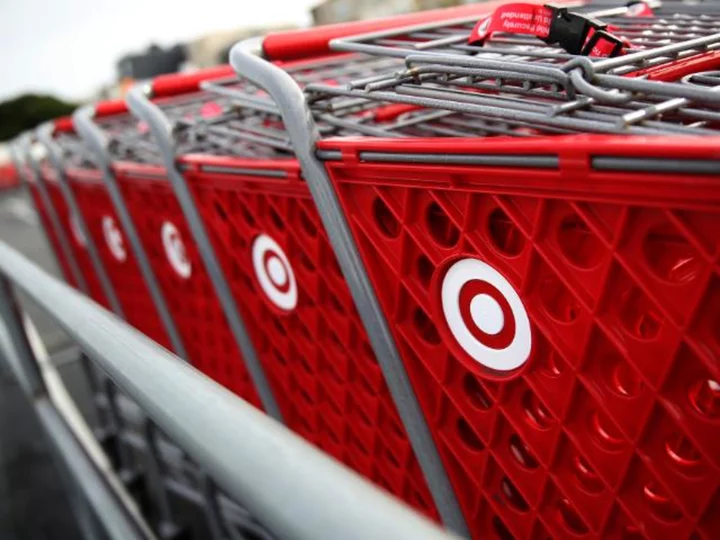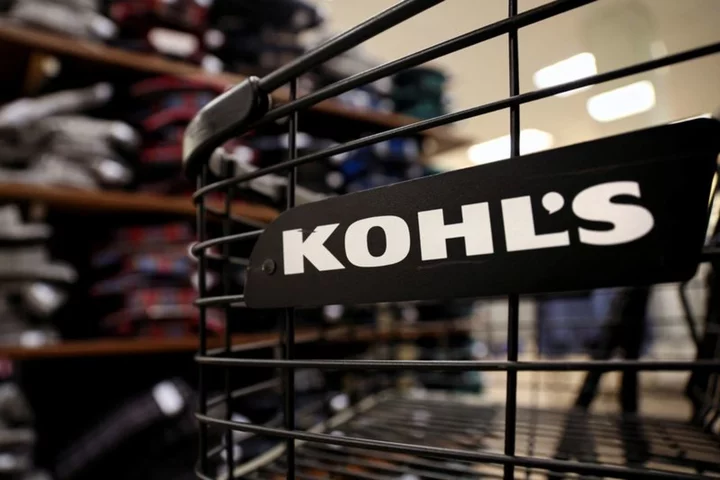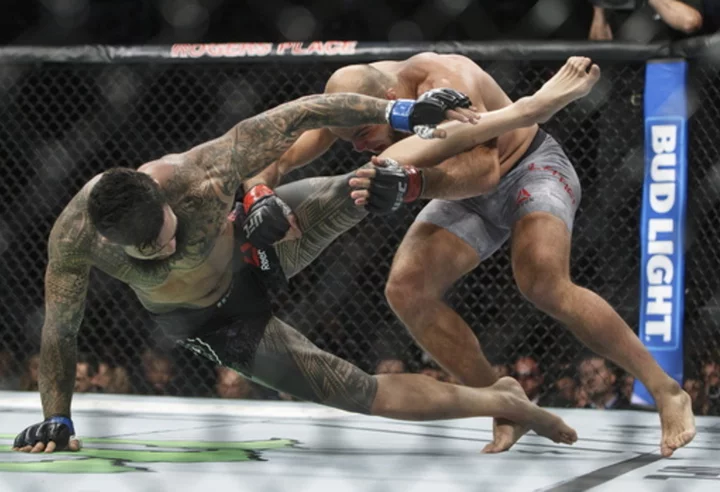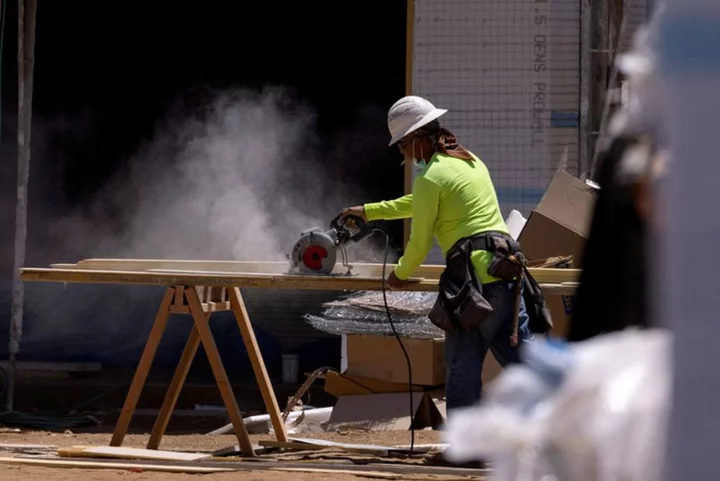Target's decision to close nine of its stores in major cities, citing persistent large-scale theft at those locations is the latest signal that retailers may be struggling in their battle to contain a growing and dangerous problem.
Industry experts say even a small increase in crime can have massive, cascading effects that cause retailers to close stores.
"It's proof that store crimes are reaching a new level," said Burt Flickinger, retail expert and managing director of retail consultancy Strategic Resource Group.
But store crime is among a host of other challenges, such as pullback in consumer spending and excess inventory, that retailers are also contending with as they try to lift their store sales and make decisions on which stores to shut down.
And stolen items can have an outsized impact on store profitability, considering the razor thin profit margins many large retailers typically operate.
"Increasing store crime is another variable in play right now for retailers," said Zak Stambor, senior retail & ecommerce analyst with Insider Intelligence.
Organized retail crime
At issue is a particular type of store theft that loss prevention experts classify as "organized retail crime" or ORC. This isn't a crime of need where an individual grabs an item or two, such as baby formula or food. It's more insidious, and costly, companies and law enforcement say.
ORC theft involves groups of people targeting stores that carry higher-value merchandise like electronics, sporting goods, cosmetics, clothing, handbags and shoes. The groups steal large quantities of products and then resell them in secondary marketplaces, such as eBay, OfferUp and Facebook Marketplace or even back into the legitimate supply chain, according to law enforcement.
Shopping malls and high-end stores in large cities, including Los Angeles, Chicago and New York have suffered a spate of dangerous smash-and-grab attacks over the last year in which perpetrators have used sledgehammers and other equipment to break into stores and make off with several thousand dollars in merchandise.
In recent weeks, a number of large retail chains have warned about the seriousness of the problem, both as a safety issue for their shoppers and employees, and potentially eroding profits this year.
Last month, Dick's Sporting Goods warned that retail theft was damaging its business and would lead to lower annual profits. Discounters Five Below and Dollar General and TJX Companies (which owns TJ Maxx, Home Goods and Marshalls) also sounded the alarm on rising theft at their stores.
Nordstrom, Whole Foods and some other big chains said they were abandoning San Francisco because of changing economic conditions or employee safety. Many other retailers have blamed crime for closing stores.
"When you have so many retailers all pointing to store theft and all saying the same thing, then it seems to a trend taking hold," said Stambor. "Target has actually been at the forefront of shining a bright light on store crime."
Target, in May, said it was expecting to lose $500 million this year due to rising theft.
"Retailers are fighting an uphill battle to contain crime. Overwhelmingly, they're also very concerned about safety in their stores and retaining good employees," said Read Hayes, criminologist at the University of Florida and director of the Loss Prevention Research Council, which has members including retailers such as Walmart, Target, Home Depot and Gap.
What's fueling store crime
Opportunity and need become forceful catalysts for driving up incidents of retail crime, experts said. But the size of the problem is still difficult to gauge.
The industry estimates total annual shrink -- a term that refers to merchandise that goes missing due to external and internal theft, fraud, damage and other reasons -- cost retailers $112.1 billion in losses in 2022, up from $93.9 billion in 2021. The average shrink rate in 2022 increased to 1.6%, up from 1.4% the previous year, according to the National Retail Federation.
"For individual retailers, we can't lift the hood to see how crime is hurting sales at the store level," Stambor said. To his point, Target did not provide data on theft at the stores that are closing.
Still, Flickinger estimates that repeated incidents of large-scale theft at a store can prove costly.
"For example, when $300 to $330 worth of merchandise is stolen, typically only $0.00 to $3 is recovered," he said. "Thus, using an average of $300 of stolen-not-recovered goods with a retailer's after-tax retail profit of one-cent on every one-dollar of sales, the retailer has to sell $30,000 of additional merchandise to offset the $300 of stolen merchandise."
Over time, the store begins to underperform on sales and the retailer then has to look to other stores in its fleet to offset the losses due to theft, or close the store, he said.
Retailers look for solutions
Meanwhile, Hayes said his team is developing a heatmap that tracks reported retail crime to law enforcement with corresponding store closures in those areas.
"Reported incidents of store crimes are rising and the brightest clusters are in urban areas in addition to shifting away from urban areas," he said.
The broader impact of store closures to an area because of crime can't be underestimated, said Hayes.
"It's like throwing a pebble in water and seeing the ripples from it. If a large anchor store in a mall pulls out, this reduces foot traffic to the mall. Other stores then pull out. Over time, it could result in abandoned building, blight and other crime," he said. "Store closures create circles of concern."
Retailers are resorting to several measures to make their stores safer, such as locking up products in cases or altering the store layout but it could be costing them shoppers because of it.
Walgreens recently unveiled a prototype store in Chicago with only two aisles and most products kept out of sight.
"So this is another variable that is complicating an already complicated situation," Stambor said. "Retailers are taking these steps to mitigate theft and in doing so are adding speed bumps to growing sales. When you now walk into a store and see products you need locked up, it will ultimately drive people who are not there to steal to shop elsewhere or online."









